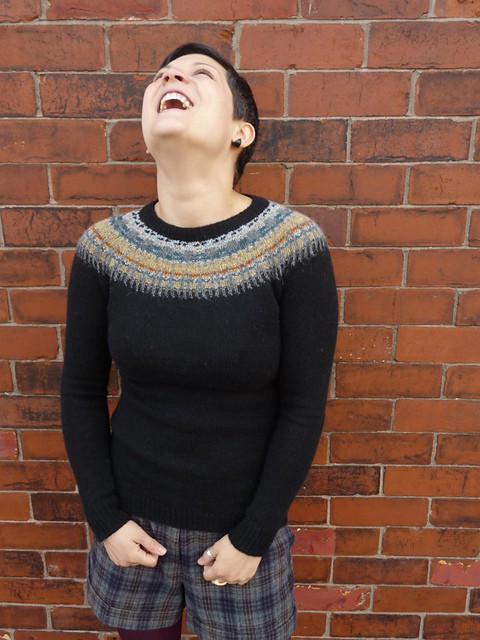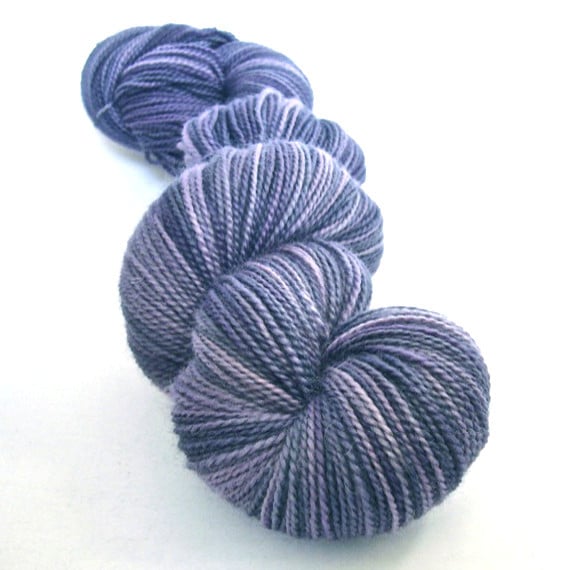I have been musing for days and days and days on a blog. A niggly irk that has pinched at me ever since I saw this tweet from @kariebookish  My first instinct was to say that it couldn’t possibly be a Shetlander who said that – I was wrong, as I read in Karie’s own blog on this topic.
My first instinct was to say that it couldn’t possibly be a Shetlander who said that – I was wrong, as I read in Karie’s own blog on this topic.
I was startled to see this misguided notion of ownership and origin and it has been the catalyst for these thoughts – my own and from some far cleverer people.
Firstly, I want to set out that I am obviously not an authority on the topic, but I have to say that when ideas on tradition are tautly stretched I feel my hackles rise.
I tweeted myself; “must things, where origins are unknown and variations are wide and fluid, be set up with rigid ideas?” That which we call Fair Isle can’t be rigidly authenticated like Harris Tweed.
It is used as a generic term which describes stranded colour work knitting. We know that stranded colour-work did not originate on Fair Isle – some of the oldest knitted colour items date to Ancient Egypt – but patterns from the isles, coupled with the style of garments which gained popularity in the early 20th C have encouraged the term to become used widely.
Fair Isle knitting incorporates motifs and patterns the same of which are found the world over including – to name but a very few – Lithuania, Estonia, Finland, Norway and as far off as the Middle East. Look at this fisherman’s cap from Yell, on the left. This is a 1950s version of a hat that the knitter saw worn in the late 19th century at the haaf (deep sea) fishing. It is not a motif one would associate with Shetland and is possibly Estonian[1]
The story that patterns were incorporated into traditional knitting from those who were wrecked on Fair Isle from the Armada ship, El Gran Griffon, is largely unsubstantiated and often pointedly denied by Fair Isle inhabitants. The first mention of Fair Isle seems to mention a style of hat very similar to the one above and comes from from a visitor to Shetland in 1832.
They were Shetland fishermen, the first I had seen, and I shall never forget the impression their strange garb made upon me. Dressed in their skin coats and breeches with their nether limbs encased in huge boots, they rather resembled the pictures we have seen of some of the Esquimaux tribes […] however the long fair hair of the Shetlanders, escaping in curls down upon their shoulders from beneath their large pendant caps of variegated worsted, certainly gave them a more picturesque appearance the the inhabitants of the more Northern clime.
Edward Charlton. Travels in Shetland, 1832-52 [2]
I suppose one could be fooled into believing that stranded colour-work knitting should be held aloft as something native to Shetland because knitting from Shetland has most certainly blazed its trail brightly.
The oldest article of Fair Isle clothing in the Shetland Museum & Archives dates from around 1850. It is dyed with madder and indigo. The bands of motifs are quite different from the popular 8 pointed stars, flowers, tree of life and OXO patterns that we associate with garments we see today,

(c) Shetland Museum
Interest in Fair Isle knitting came in the early 20th century when Edward, the Prince of Wales, posed in an all over sweater. This undoubtedly sparked a boom in style and trend. I recently visited the museum to look at Fair Isle garments from this time. They are largely knit in Rayon, silk and cotton – this would perhaps jar with that purist; if Fair Isle has to be made in Shetland by Shetlanders, surely it needs to be knit in Shetland wool, no?
Suddenly Shetland found it was in demand for knitwear again, but not for the traditional woollen hoisery, gloves and lace work that were previously exported in great quantities.
In the 1960s the colour motif yokes boomed and brought Fair Isle to attention of world again. 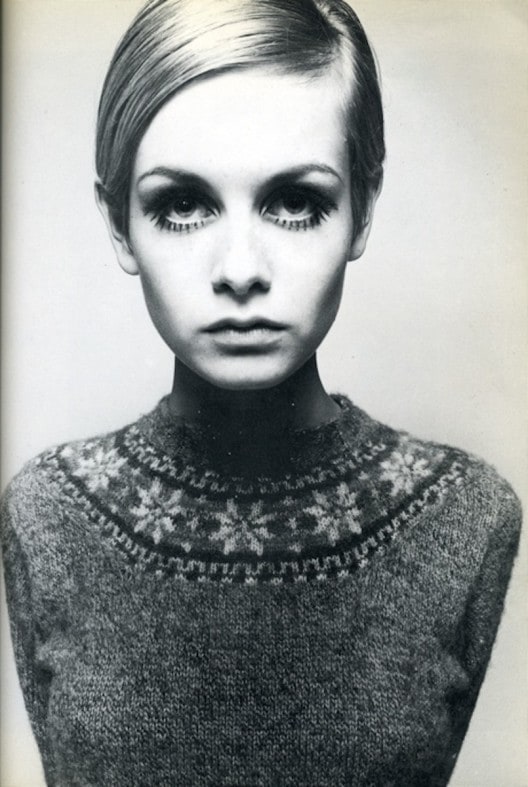
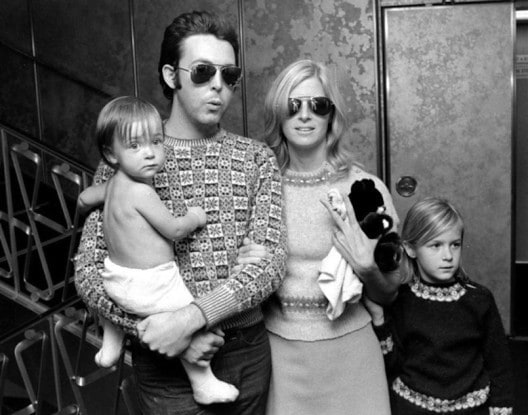 And again in the 21st century colour-work yokes are trending again.
And again in the 21st century colour-work yokes are trending again.
‘Traditional’ does not have to mean something rooted in ancient history and when it is an object like Fair Isle knitting we simply cannot state that it is an indigenous style and we certainly cannot say that practitioners of the tradition must be connected to its roots.
Is it right to use the term ‘Fair Isle’ for so broad a discipline, is it suitable? Well, I certainly cannot answer that and I am not writing to this to say that it is appropriate or not. What I object to are ideas of rigidity in its history and the authenticity of how or where it is created.
Stranded colour knitting has crossed many borders before it reached Shetland and has continued to cross and flow and find variations ever since. Shetland has always had strong links to the sea. It is no great stretch of the imagination to think how patterns made their way to the isles and vice versa. I recently learned that Faroese patterns were the first that Shetlander’s incorporated into their knitting, before motifs from Fair Isle were popular. It seems totally awe-some, but Shetland and Faroe had a rich shared fishing history, which occurred from the early 1800s.
Tradition is a carrying stream, as the wonderful Hamish Henderson theorised, it begins along its path; it ebbs and flows; it surges in places and dams in others; it cuts through new banks and all the while it accumulates and also beaches flotsam along the way. Tradition is fluid. It has a point of origin, but often this point is unknown and we can only trace it back to one of the bends in stream where it can be so different from where it first began. 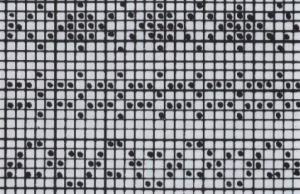 The fact that this style has been knit in Shetland since at least late 19th has become a tradition itself, though it can never be wholly owned or set against other colour work as more authentic. It’s evolved and grown from fishermen’s keps to ‘all overs’, to headbands, hoodies, wristies, gadget cosies, shrugs, etc. Just as the patterns and motifs have been carried on the stream, so too has the tradition moved and flowed to incorporate modern garments and needs.
The fact that this style has been knit in Shetland since at least late 19th has become a tradition itself, though it can never be wholly owned or set against other colour work as more authentic. It’s evolved and grown from fishermen’s keps to ‘all overs’, to headbands, hoodies, wristies, gadget cosies, shrugs, etc. Just as the patterns and motifs have been carried on the stream, so too has the tradition moved and flowed to incorporate modern garments and needs.
Change within tradition tends not to be revolutionary , or even rapid, but incremental, considered, evolutionary. That is not to say that radical new ideas or approaches do not appear within a tradition on occasions. They do, but time tends to be a judge, the barometer of acceptability, the arbiter of taste. Roots are important, as is an appreciation of where things come from, where we stand within the stream and how to use that knowledge to create fresh and meaningful art going forward. Tradition, then, can be of great use in a liquid modern world, a questioning, solidifying force […] it can still help us to move forward, to move positively and to embrace the future with the confidence that comes from knowing where we’ve been.
Gary West. 2012
I take issue with placing tags of ownership and origin on Fair Isle. Yes, it bears the name of an island (and for this reason may I be pedantic and insist it is always capital F, capital I and never lower case, hyphenated or one word) , the place where the first modern trend of colour work knitting was seen to come from. Just like guernseys to Guernsey, jerseys to Jersey…and West Highland Terriers to the West Highlands …ok, I know, its a stretch! but we can’t claim they all originate from that point of origin each and every time.
When something is fluid it can’t be blocked out aggressively, but it can find new variations, tributes and inspirations and hooray for that.
You may be thinking by now why I should care, the person who stated that Fair Isle knitting can only be done by a Shetlander is a misinformed minority, does it really matter? Maybe it’s not the end of the world, but the ethnologist in me wants to look at the route of the carrying stream, the knitter in me wants to discuss the myriad of patterns and motifs from all over the world, that we (mostly) all call Fair Isle today and the Shetlander in me really wants to roll her eyes at another myth about the isles presented outside them.[4]
Fair Isle knitting is still done in Fair Isle and maybe we can direct the real purists here, where knitting islanders have possibly more links to the local tradition than others, but I will continue to refer to any colour-work as Fair Isle – capital F, capital I – and be proud to see history and geography crossing borders through each stitch as the pattern forms.
Footnotes
1] Complete Book of Traditional Fair Isle Knitting, by Sheila McGregor. Batsford. 1981 2] Travels in Shetland: 1832-52, by Edward Charlton. Shetland Times. 2007 3]Voicing Scotland: Folk, Culture, Nation, by Gary West. Luath Press. 2012. P13 4] please don’t ever ask me if the weather is always crap; if we have running water/electricity; aren’t we all rolling in hoarded oil millions; don’t we have the best ‘quality of life’ on all those “surveys”; aren’t we all related, etc etc etc *eyes roll to oblivion*



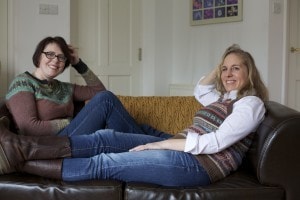
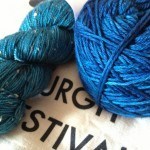
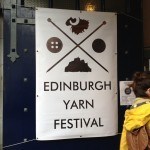
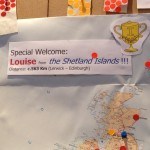
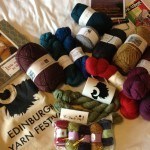
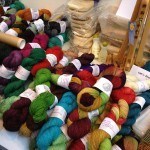
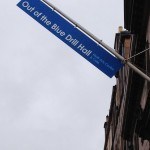
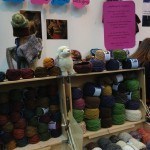
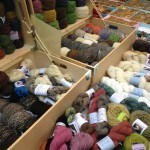
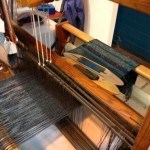



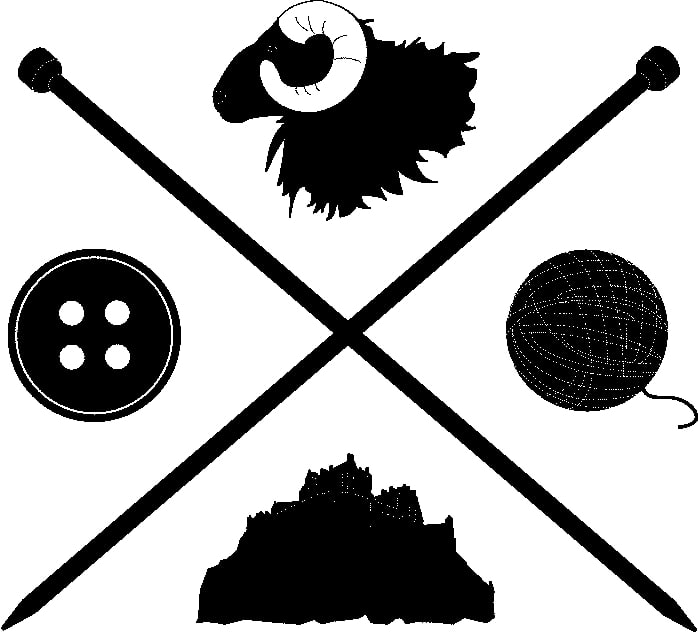


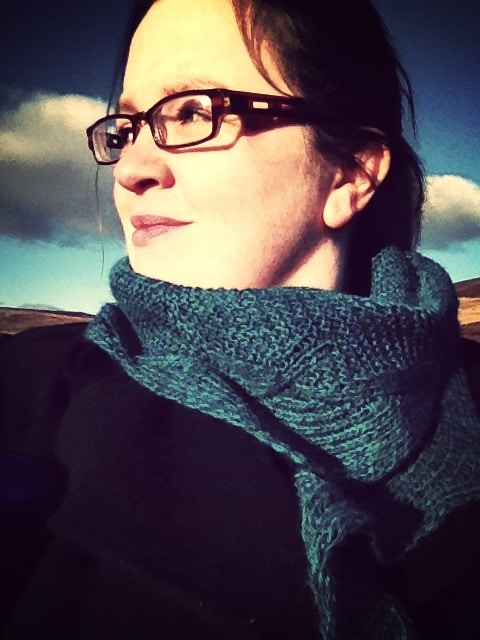
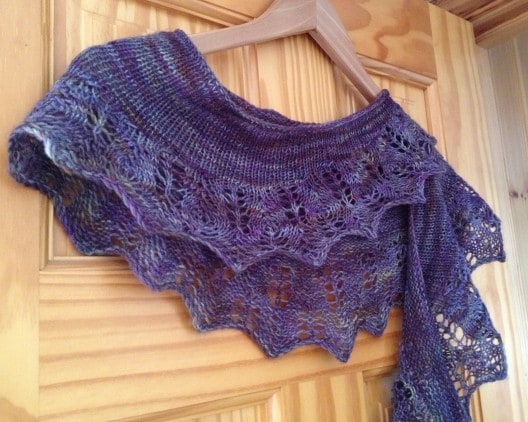
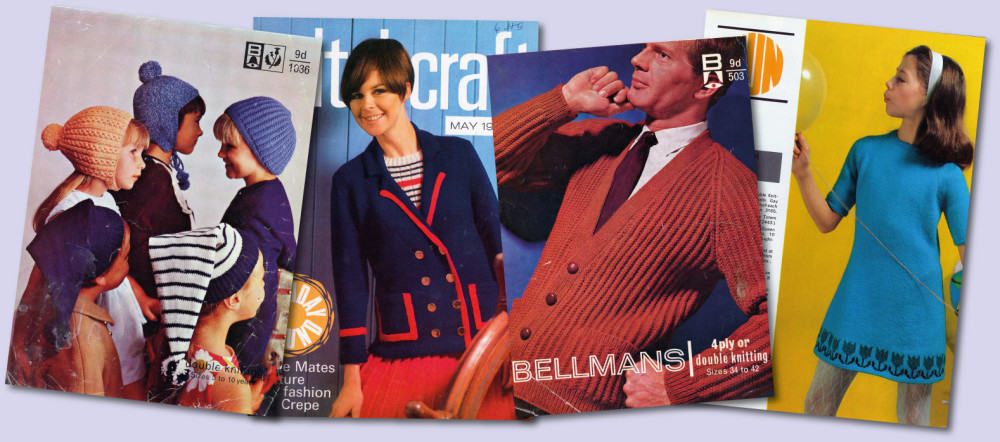
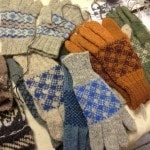
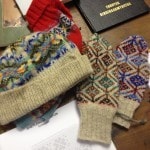
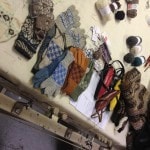
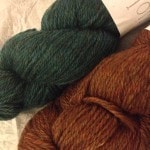
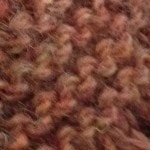
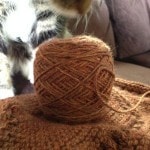
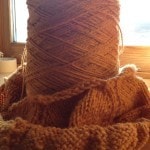

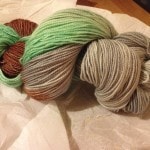
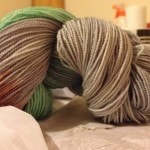
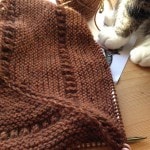
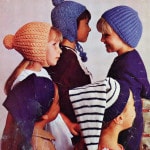
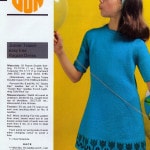
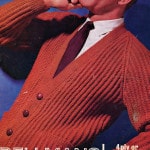
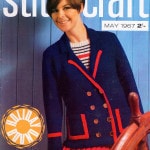
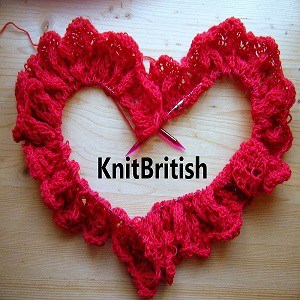
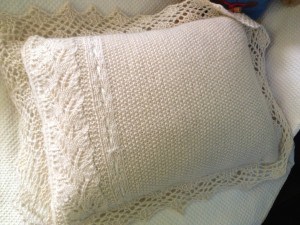
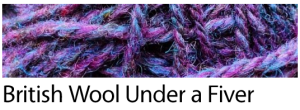

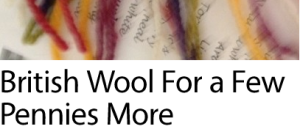
![IMG_3786[1]](https://woolwork.net/wp-content/uploads/2013/12/IMG_37861-300x225.jpg)
